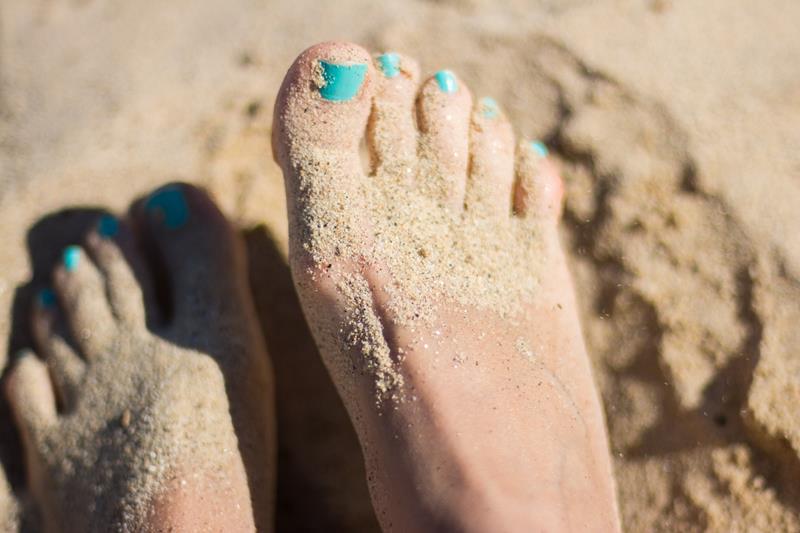
Sever’s Disease (Calcaneal Apophysitis) is one of the most common causes of heel pain in active children, especially between the ages of 10 and 13. Unlike an acute injury, Sever’s disease results from overuse and repetitive stress to the heel’s growth plate during periods of rapid growth.
Request an AppointmentWho’s at Risk?
This condition tends to affect young athletes involved in high-impact sports like soccer, football, baseball, and gymnastics. While it can be painful, Sever’s disease is temporary and usually resolves once the child’s growth plates close—typically by age 16.
Causes of Sever’s Disease
During growth spurts, bones often grow faster than muscles and tendons, leading to tightness in the lower legs, particularly in the Achilles tendon. When physical activity puts strain on the heel, the growth plate (apophysis) becomes irritated and inflamed.
Other contributing factors include:
- Excessive pronation (inward rolling of the feet)
- Flat or high arches
- A short Achilles tendon
- Sudden weight gain, increasing pressure on the heel
Symptoms
Sever’s disease symptoms typically affect one or both heels and may include:
- Pain or tenderness along the back or bottom of the heel
- Worsening pain with walking, running, or jumping
- Morning stiffness in the calf muscles
- Limping or walking on toes to avoid heel pressure
- Positive squeeze test: pain when both sides of the heel are compressed
Treatment
While Sever’s disease often resolves on its own, symptom relief is important for maintaining activity and comfort.
Treatment may include:
- Reducing physical activity to minimize stress on the heel
- Ice therapy to reduce inflammation
- Heel cups or shoe inserts for extra cushioning and support
- Stretching exercises, especially for the calves and Achilles tendon
- Over-the-counter anti-inflammatories (e.g., ibuprofen), if recommended by a doctor
- In severe cases, immobilization with a cast or splint may be necessary
Prognosis
The good news? Most children outgrow Sever’s disease by age 16, with no long-term complications. With early intervention and proper care, your child can stay active while healing safely.
If your child is experiencing persistent heel pain, especially during sports, it’s a good idea to consult a podiatrist or pediatrician for a thorough evaluation and tailored treatment plan.